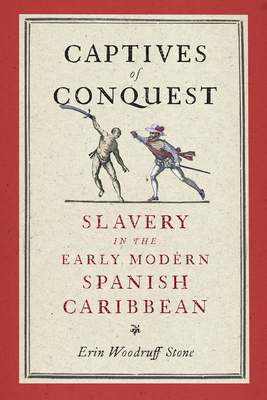Expedite your nonfiction book discovery process with Readara interviews, summaries and recommendations, Broaden your knowledge and gain insights from leading experts and scholars
In-depth, hour-long interviews with notable nonfiction authors, Gain new perspectives and ideas from the writer’s expertise and research, Valuable resource for readers and researchers
Optimize your book discovery process, Four-to eight-page summaries prepared by subject matter experts, Quickly review the book’s central messages and range of content
Books are handpicked covering a wide range of important categories and topics, Selected authors are subject experts, field professionals, or distinguished academics
Our editorial team includes books offering insights, unique views and researched-narratives in categories, Trade shows and book fairs, Book signings and in person author talks,Webinars and online events
Connect with editors and designers,Discover PR & marketing services providers, Source printers and related service providers

Captives of Conquest: Slavery in the Early Modern Spanish Caribbean
History > Caribbean & West Indies - General
- University of Pennsylvania Press
- Hardcover
- 9780812253108
- -
- -
- History > Caribbean & West Indies - General
- (Single Author) Asian American
- English
Readara.com
Book Description
Captives of Conquest is one of the first books to examine the earliest indigenous slave trade in the Spanish Caribbean. Erin Woodruff Stone shows that the indigenous population of the region did not simply collapse from disease or warfare. Rather, upwards of 250,000 people were removed through slavery, a lucrative business sustained over centuries that formed the foundation of economic, legal, and religious policies in the Spanish colonies. The enslavement of and trade in indigenous peoples was central to the processes of conquest, as the search for new sources of Indian slaves propelled much of the early Spanish exploration into Central and South America.
Once captured, some indigenous slaves were shipped to various islands, or as far away as Spain, to be sold for immediate profit. Others became military auxiliaries, guides, miners, pearl divers, servants, or, in the case of women, unwilling sexual partners. In all these roles indigenous slaves helped mold the greater Spanish Caribbean.
Even as the number of African slaves grew in the Americas, enslaved Indians did not disappear. On the contrary, African and Indian slaves worked side by side, the methods and practices of both types of slavery influencing one another throughout the centuries. Together the two forms of slavery helped create the greater Spanish Caribbean, a space and economy founded upon the bondage and coerced labor of both indigenous and African peoples.
Author Bio
Dr. Erin Woodruff Stone is an Assistant Professor of Latin American History and Director of the Early American Studies Master’s Program at the University of West Florida. Dr. Stone teaches courses that cover the scope of Latin American history from the Spanish conquest to the Cold War.
She also maintains an active research agenda and spent the past summer conducting archival research across Spain for her manuscript entitled “Captives of Conquest: How Indigenous Slavery Shaped the Spanish Atlantic, 1490-1570.” Her research has also taken her to the Dominican Republic, Puerto Rico, Colombia, and the Canary Islands.
She is currently working on her book manuscript entitled "Captives of Conquest: How Indigenous Slavery Shaped the Spanish Atlantic, 1490–1570." In her work she focuses on the rise and consequences of indigenous slavery in the Spanish Empire, including the resultant Indian Diaspora. She is also the author of "America's First Slave Revolt: Indians and African Slaves in Española, 1500–1534," published in Ethnohistory in 2013.
Dr. Stone holds a Bachelor of Spanish from the University of Miami, a Master in History from University of North Florida and a PhD in Latin American History from Vanderbilt University. When she is not teaching and researching Erin enjoys paddle boarding, surfing, spending time with her family, and watching college football.
Source: University of West Florida
Videos
No Videos
Community reviews
No Community reviews

